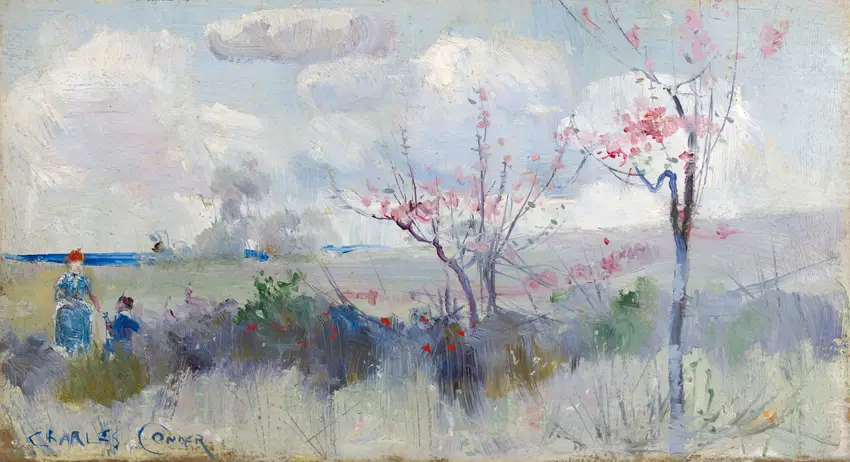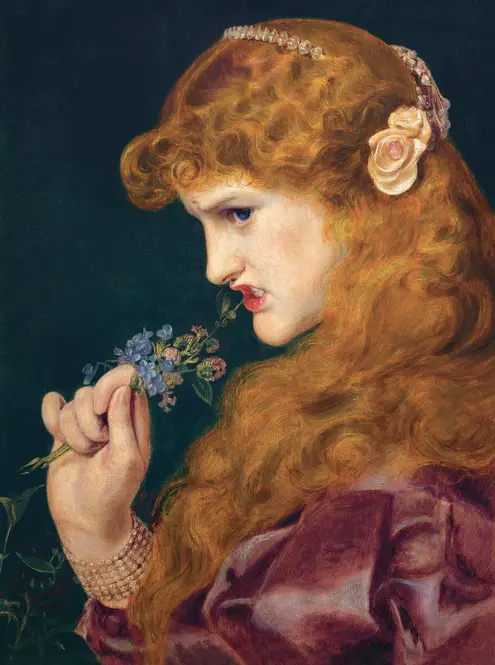Claude Monet’s Water Lilies and Japanese Bridge captures a dreamlike moment in his beloved garden at Giverny, where reflections and reality blur into a symphony of color. The arched bridge, inspired by Japanese woodblock prints, cuts through a tangle of weeping willows and water lilies, its curves mirrored perfectly in the pond below. Monet’s brushstrokes—loose yet deliberate—dance between abstraction and representation, with dappled greens, purples, and pinks dissolving into the water’s surface. This wasn’t just a scene he painted once; it became an obsession, a recurring subject through which he explored light’s fleeting magic and the boundary between earth and sky.
What makes this version extraordinary is its almost hallucinatory quality, as if the garden is breathing. The lilies aren’t merely floating; they glow like scattered embers, while the bridge frames the composition like a portal to another world. Monet painted this during a period of personal turmoil, yet the work radiates serenity—a testament to how nature offered him refuge. Layers of paint build texture where water meets foliage, creating a tactile sense of depth that pulls the viewer into his tranquil oasis.




-full.webp)
-full.webp)
-full.webp)

-full.webp)
-full.webp)